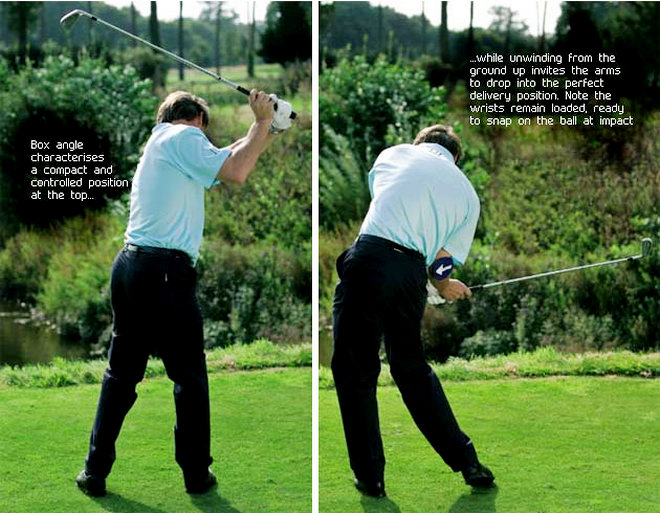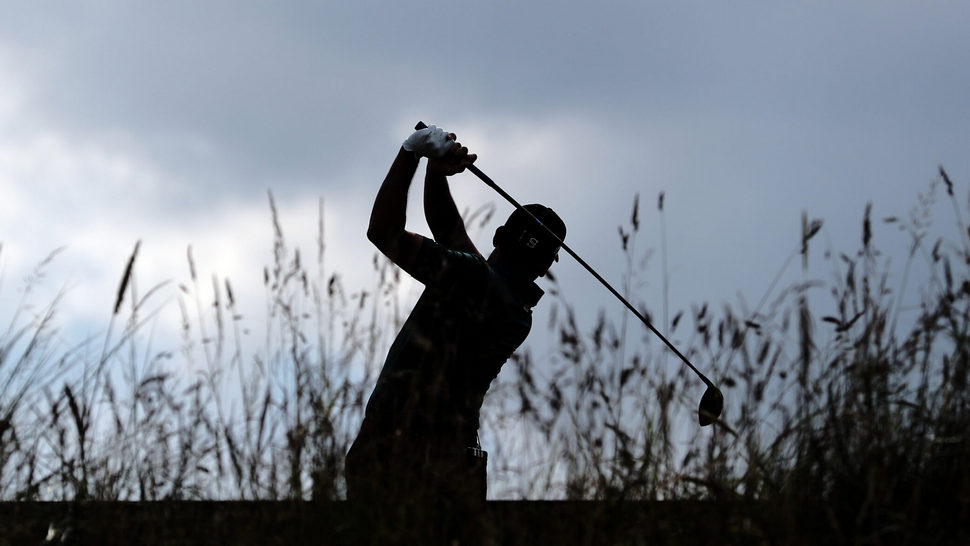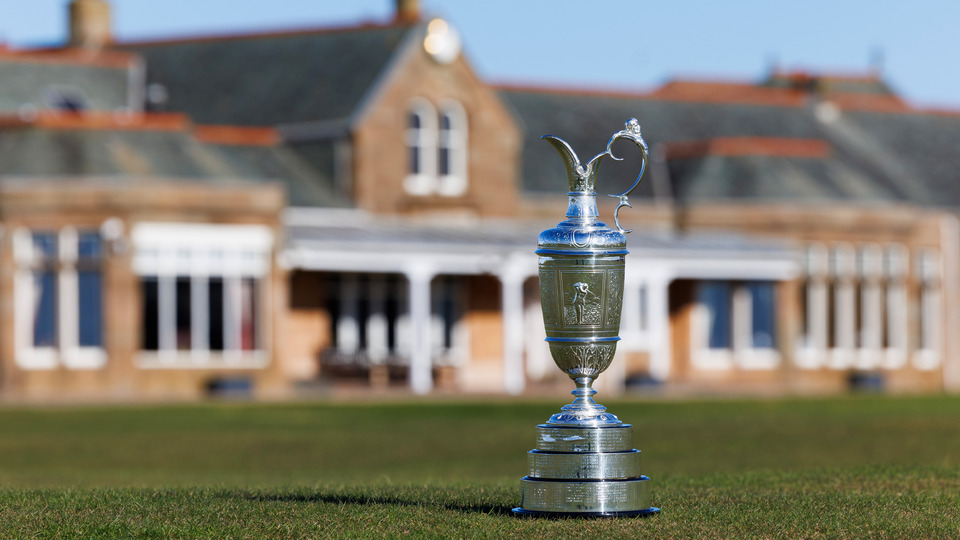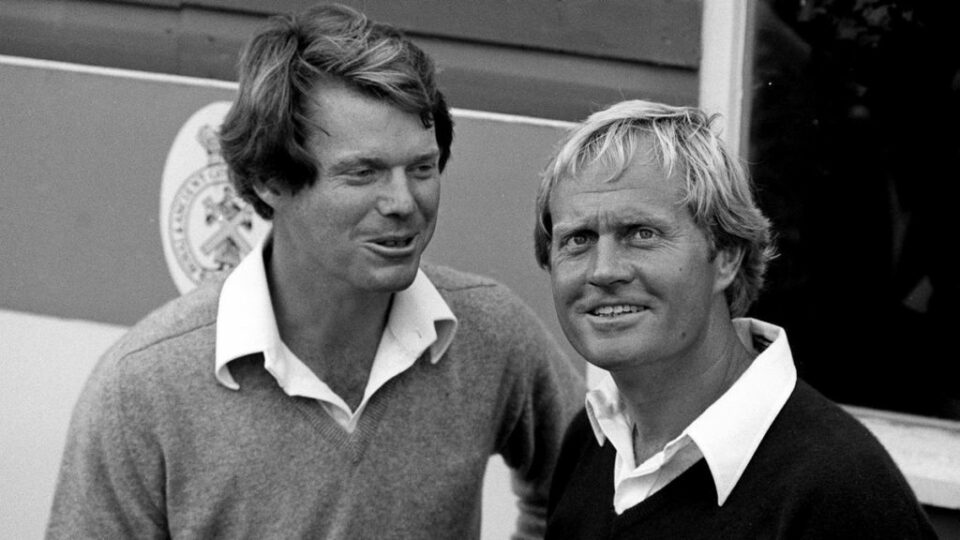Tuition
Logical Golf
by Robert BakerLesson 11 - How to Tiger-ise your swing You only have to look at an image of Tiger Woods to appreciate the co-ordination of a solid swing. The full shoulder turn confirms the dynamic rotation of the 'core’, while a compact arm swing maintains absolute control of the club.
This is the compact and repeatable position the world’s best players look for. Simply stated, the chances of repeating a compact, co-ordinated swing are far greater when you combine a full shoulder turn with a relatively short arm swing - just like Tiger.
This is something I learned initially from David Leadbetter, and working towards a more compact backswing is something that has helped all of my students over the years - both amateurs and pro’s alike.
A decade ago, Ernie Els’s swing was way past parallel with a driver. Now he is compact, even with the longer clubs. Ben Hogan also worked towards creating this box to shorten his swing - and no one struck more solid or accurate iron shots than he did.
The key is the position of the right arm. If the right elbow folds too much, you lose the box angle. Your swing is too long and it is likely you will be out of sync coming back down.
Similarly, if the right elbow travels too far (i.e. lifts too far from the body), the swing will also be too long and possibly out of control. Both of these faults make it difficult to get the elbows to lead the way on the downswing- a key source of 'lag’, and - ultimately - speed.
Combine a full shoulder turn with a compact arm swing
The key is the position of the right arm. If the right elbow folds too much (i.e. more than the 90 degrees you see me checking opposite with Grant), you lose the box angle. Your swing is too long and it is likely you will be out of sync coming back down.
Similarly, if the right elbow travels too far (i.e. lifts too far from the body), the swing will also be too long and possibly out of control. Both of these faults make it difficult to get the elbows to lead the way on the downswing - a key source of 'lag', and - ultimately - speed.Here's how to Tiger-ise your swing. Take two clubs and swing them with your right hand only, supporting the right elbow with the back of the left hand (bottom right).
As you turn your body, the key is to focus on synchronising the movement of your left shoulder with the right elbow. They should arrive at the top of the backswing together. Because it teaches you to move the left side of your body and right elbow in harmony, this drill is a fantastic short-cut to a more repeating swing.
When you transfer these feelings to your regular swing, aim to get the shaft to the horizontal with the driver and fairway woods, just short of parallel with the irons.

Maintain Key "Levers" as you settle for the Release
For the release - This view of the backswing and transition into the downswing gives us another opportunity to observe the role of the right arm and the way a good player retains that box angle as he reverses momentum from the ground up.
The angle in the right wrist and the fold in the right arm are the two main levers in your swing and a major source of power as you unwind and release the club.
The secret is to maintain the box angle as you change direction and let your arms and the club fall into the downswing, thus storing your release point. It’s like pulling on the handle of a whip to crack it later. You don’t want to crack it just yet... you first must settle your body, arms and the club into a position that enables you to turn on the power with the core muscles as you unwind hard through impact.
The transition merely sets the stage. Once negotiated, you are free to drill it with your right side - finally cracking the whip on the ball.

Next lesson - How fancy footwork enables you to 'fire’ the right side



